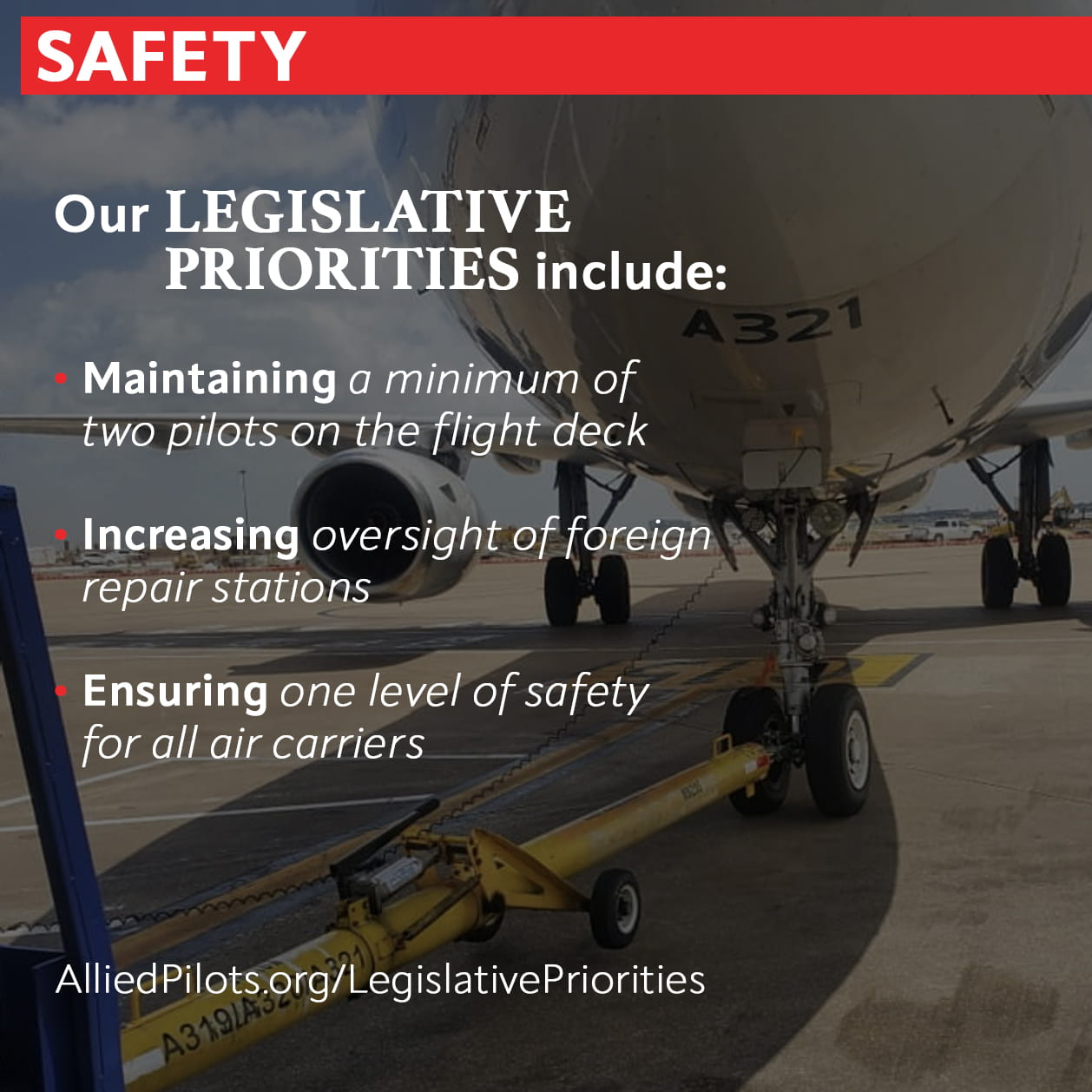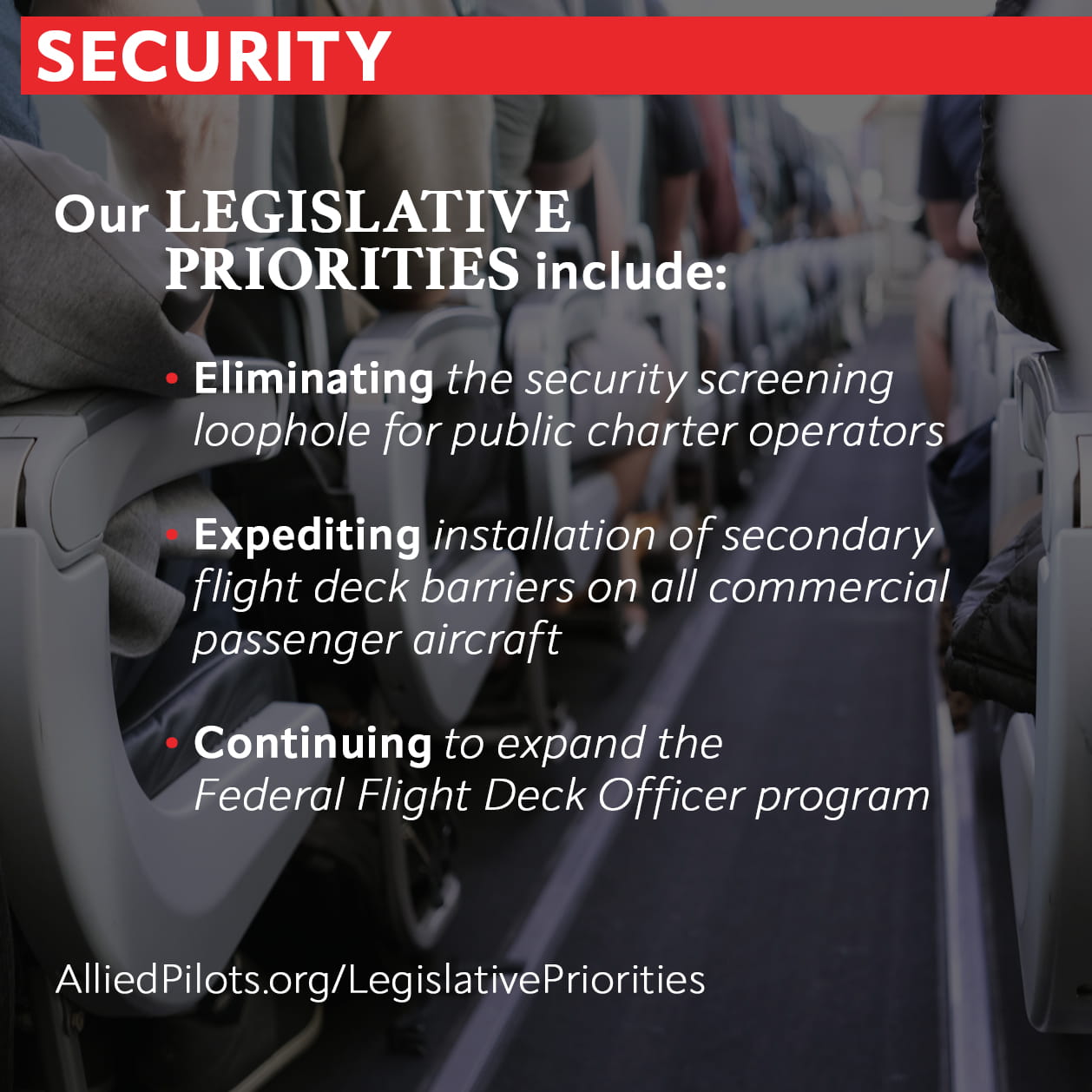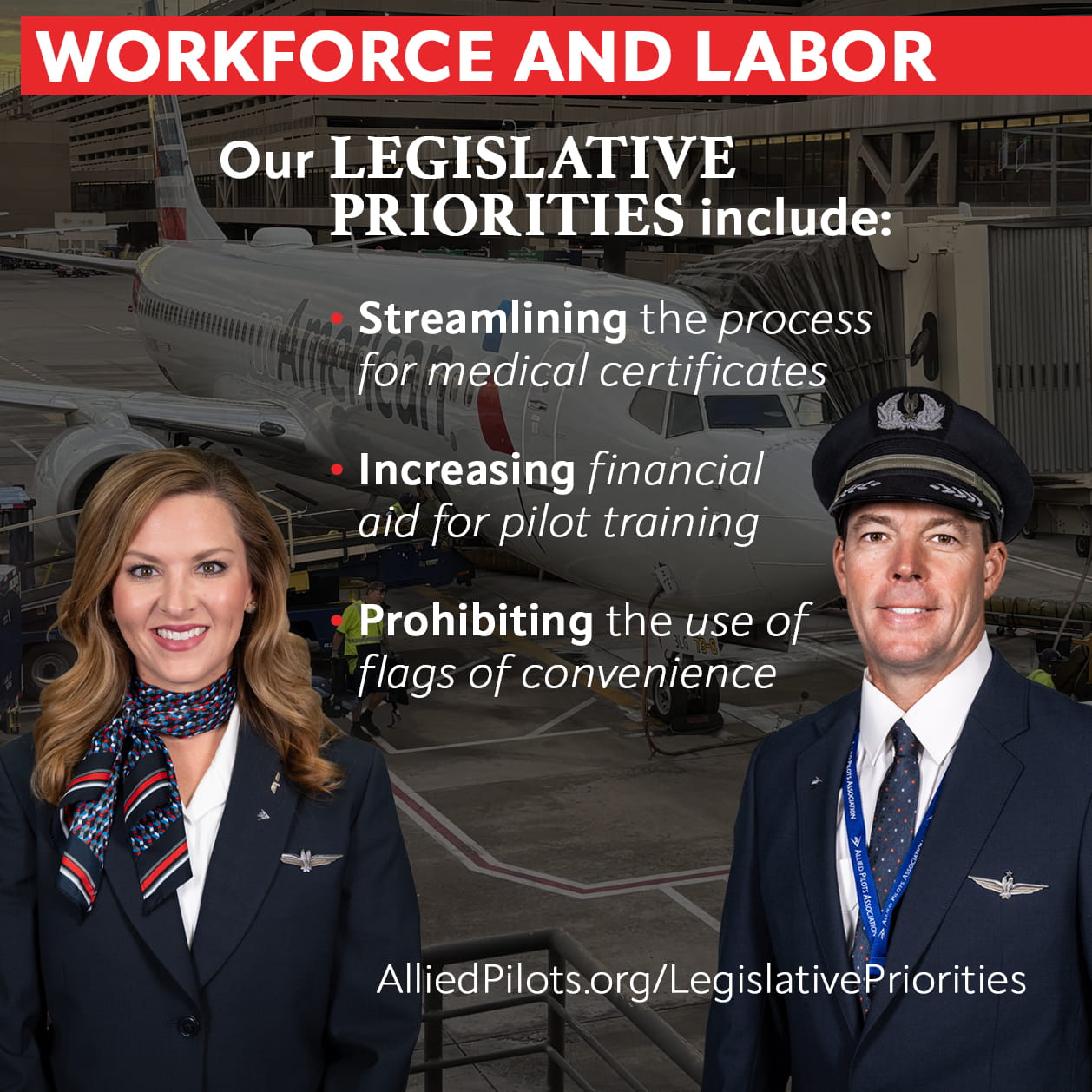3Q2025 Earnings Underscore American Airlines’ Competitive Decline
3Q2025 Earnings Underscore American Airlines’ Competitive Decline Friday, Oct. 24, 2025 American Airlines’ third quarter 2025 financial results continue to lag our competitors, and the trend is deeply concerning. Rather than closing the performance gap, American continues to fall further behind, raising serious questions about the effectiveness of current leadership strategies and decision-making. In May 2025, the J.D. Power 2025 North America Airline Satisfaction Study ranked American Airlines dead last in an overall customer satisfaction index rating for First/Business Class. Economy/Basic Economy scores for American landed at a dismal seventh place below the segment average and behind Southwest, JetBlue, Delta, Alaska, Allegiant, and United. While new coffee and champagne are welcomed improvements for a lagging product, there is a serious issue with American’s customer perception that management is failing to address. (Source: J.D. Power 2025 North America Airline Satisfaction Study ). Management’s assurances of “progress” to improve earnings, our product, and service levels ring hollow. The Company continues to underdeliver on key financial metrics. These results are not the product of chance; they are the outcome of a series of poor strategic decisions that have weakened our brand and employees’ morale. Frontline employees see the effects of American Airlines management’s decisions every day, and passengers notice the difference too. A subpar onboard product and poor leadership at all levels have created inconsistent service levels that continue to take their toll. The result? Declining customer satisfaction at a time when our competitors are investing meaningfully in their product, both onboard and in the airports. While American Airlines executives continue to tout “long-term transformation,” frontline employees bear the immediate impact of these significant failures. We are the face of this airline. We deliver the service from check-in to inflight, we represent the brand, and we continue to perform under immense pressure. Performance standards should not apply only to the frontline employees trying every day to make this airline succeed. They must also apply to those in the offices at headquarters. It is time for accountability at the highest levels. American Airlines must take decisive action to regain competitiveness and restore confidence among its employees and customers. The excuses must end. Employees at American Airlines continue the call to: Upgrade the product to give us the chance to compete with our rivals. Staff your airplanes the way a world-class airline should — and deliver a competitive onboard experience in every cabin. Hold executives accountable to the same high standards demanded of every frontline employee. The path forward needs to be outlined by management and communicated to every employee at all levels of the organization, but it requires leadership willing to face reality and act decisively. American’s frontline employees are ready to move this airline forward and outperform our competitors as we celebrate our centennial. The question now is — are our executives? On behalf of the dedicated employees of American Airlines, First Officer Nick Silva President Allied Pilots Association Julie Hedrick National President Association of Professional Flight Attendants Kimberly Barboro Co-Chair Communications Workers of America-International Brotherhood of Teamsters Association Jar’la Evans D3 Staff Representative Communications Workers of America Alex Hart President Professional Airline Flight Control Association – American Greg Cosey International Representative / AA Fleet Transport Workers Union Air Division Rollie Reaves International Representative / M&R Transport Workers Union Air Division Michael G. Klemm President and Directing General Chair International Association of Machinists & Aerospace Workers District 141 John M. Coveny Jr. President and Directing General Chair International Association of Machinists & Aerospace Workers District 142










